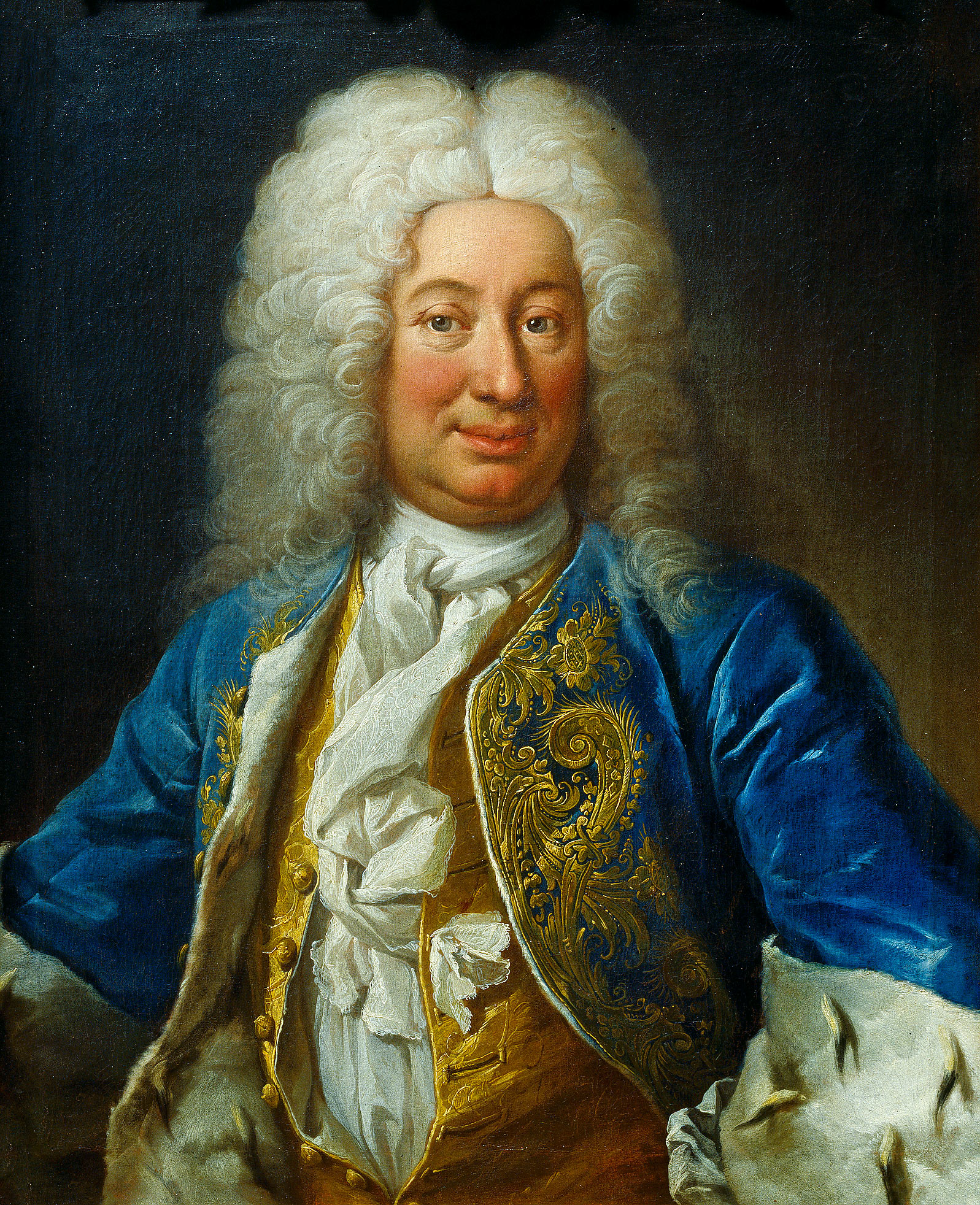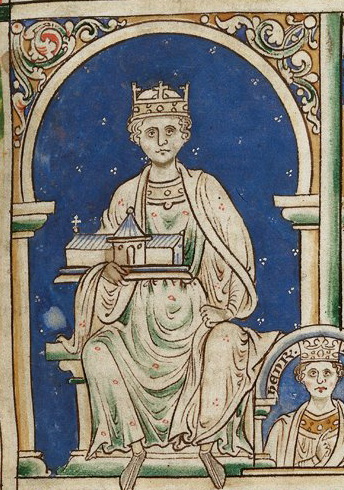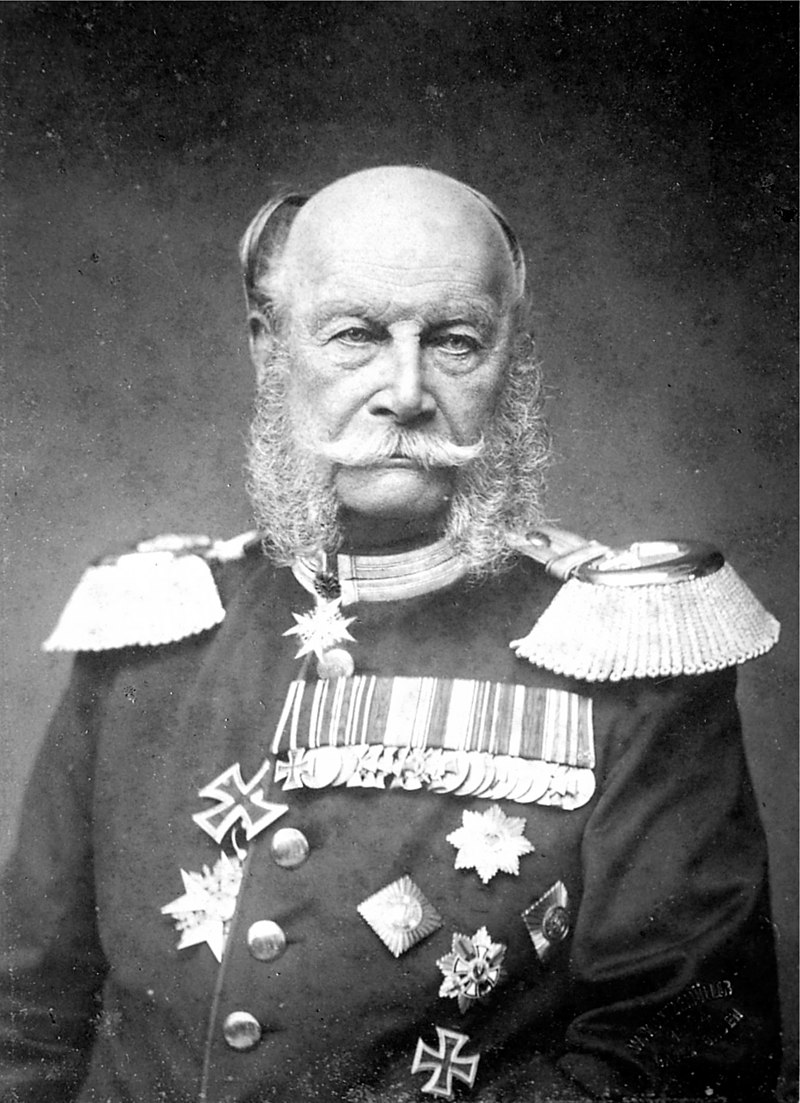by Susan Flantzer
© Unofficial Royalty 2024
The Hawaiian Islands, located in the Pacific Ocean, were originally divided into several independent chiefdoms. The Kingdom of Hawaii was formed in 1795, when the warrior chief Kamehameha the Great of the independent island of Hawaii, conquered the independent islands of Oahu, Maui, Molokai, and Lanai, and unified them under one government and ruled as Kamehameha I, King of the Hawaiian Islands. In 1810, the whole Hawaiian archipelago became unified when Kauai and Niihau voluntarily joined the Kingdom of Hawaii. Two major dynastic families ruled the kingdom: the House of Kamehameha and the House of Kalākaua.
In 1778, British explorer James Cook visited the islands. This led to increased trade and the introduction of new technologies and ideas. In the mid-19th century, American influence in Hawaii dramatically increased when American merchants, missionaries, and settlers arrived on the islands. Protestant missionaries converted most of the native people to Christianity. Merchants set up sugar plantations and the United States Navy established a base at Pearl Harbor. The newcomers brought diseases that were new to the indigenous people including influenza, measles, smallpox, syphilis, tuberculosis, and whooping cough. At the time of James Cook’s arrival in 1778, the indigenous Hawaiian population is estimated to have been between 250,000 and 800,000. By 1890, the indigenous Hawaiian population declined had to less than 40,000.
In 1893, a group of local businessmen and politicians composed of six non-native Hawaiian Kingdom subjects, five American nationals, one British national, and one German national overthrew Queen Liliʻuokalani, her cabinet, and her marshal, and took over the government of the Kingdom of Hawaii. This led to the 1898 annexation of Hawaii as a United States territory. On August 21, 1959, Hawaii became the 50th state of the United States.
In 1993, one hundred years after the Hawaiian monarchy was overthrown, the United States Congress passed and President Bill Clinton signed the Apology Resolution which “acknowledges that the overthrow of the Kingdom of Hawaii occurred with the active participation of agents and citizens of the United States and further acknowledges that the Native Hawaiian people never directly relinquished to the United States their claims to their inherent sovereignty as a people over their national lands, either through the Kingdom of Hawaii or through a plebiscite or referendum”. As a result, the Hawaiian sovereignty movement, a grassroots political and cultural campaign to reestablish an autonomous or independent nation or kingdom in Hawaii, was established along with ongoing efforts to redress the indigenous Hawaiian population.
********************

Kamehameha V, King of the Hawaiian Islands; Credit – Wikipedia
Born on December 11, 1830, in Honolulu on the island of Oahu in the Kingdom of the Hawaiian Islands, now in the state of Hawaii, Kamehameha V, King of the Hawaiian Islands was the third of the five children and the third of the four sons of High Chief Mataio Kekūanaōʻa, Royal Governor of Oʻahu, and Princess Elizabeth Kīnaʻu, daughter of Kamehameha I, King of the Hawaiian Islands and Queen Kalākua Kaheiheimālie.
Kamehameha V had four siblings:
- Prince David Kamehameha (1828 – 1835), died in childhood
- Prince Moses Kekūāiwa (1829 – 1848), died in his teens during a measles epidemic
- Kamehameha IV, King of the Hawaiian Islands (Alexander Liholiho ‘Iolanian) (1834 – 1863), married Emma Kalanikaumakaʻamano Kaleleonālani Naʻea Rooke, had one son who died in childhood
- Princess Victoria Kamāmalu (1838 – 1866), unmarried, was forbidden to marry by her brothers Kamehameha IV and Kamehameha V
Both parents of Kamehameha IV were converts to Christianity so Kamehameha V was given the name Lot Kapuāiwa and was known as Lot which will be used for the rest of the article. Lot was adopted using the ancient Hawaiian tradition called hānai by Princess Nāhiʻenaʻena, the daughter of King Kamehameha I and Queen Keōpūolani. After Princess Nāhiʻenaʻena died in 1836, Lot was then adopted by his maternal grandmother Queen Kalākua Kaheiheimālie and step-grandfather High Chief Ulumāheihei Hoapili. He was not treated well by his hānai parents and developed a strong dislike for the hānai tradition.
Lot was educated by Congregationalist missionaries at the Chiefs’ Children’s School, later known as Royal School, in Honolulu, which is still in existence as a public elementary school, the Royal Elementary School, the oldest school on the island of Oahu. While he was a student at the Chiefs’ Children’s School, Lot and another student Abigail Maheha had a child, a daughter Keanolani, born in 1847. Although the father was never publicly identified, much circumstantial evidence points to Lot as the father.

Geritt P. Judd and his two royal charges: Prince Lot Kapuāiwa (left) and Prince Alexander Liholiho (right); Credit – Wikipedia
From 1849 to 1852, Lot traveled around the world with his brother Alexander Liholiho ‘Iolanian, the future King Kamehameha IV, and their guardian Gerrit P. Judd, an American physician and missionary who had become a citizen of Hawaii and an advisor and translator to King Kamehameha III. They set sail to San Francisco in September 1849. After they toured California, they continued to Panama, Jamaica, New York City, Washington, D C., and then they crossed the Atlantic Ocean and toured Europe. They met government leaders including American President Zachary Taylor and his Vice President Millard Fillmore, French President Louis-Napoleon Bonaparte (later Napoleon III, Emperor of the French), Prince Albert, the husband of Queen Victoria of the United Kingdom, and British Foreign Secretary and future Prime Minister Lord Palmerston. While in the United States, Alexander personally suffered racism, including when he was almost thrown out of his train car after being misidentified as a slave. His experiences with racism in the United States and the puritanical views of American missionaries in Hawaii influenced the anti-American views of Alexander and the Hawaiian royal family.
Upon returning to the Kingdom of the Hawaiian Islands in 1852, Lot’s uncle King Kamehameha III appointed him to the Privy Council and the House of Nobles where he gained much governmental experience. On December 15, 1854, King Kamehameha III died and Lot’s 20-year-old brother Alexander succeeded him as King Kamehameha IV.
In 1862, Lot was officially added to the line of succession in an amendment to the 1852 Constitution of the Kingdom of Hawaii. Lot and his heirs, followed by his sister Princess Victoria Kamāmalu and her heirs, would succeed in the case his brother died without any legitimate heirs. When Prince Albert Kamehameha, the only son of King Kamehameha IV, died on August 23, 1862, Lot became the heir to the throne. On November 30, 1863, Lot’s brother, 29-year-old brother King Kamehameha IV, and Lot succeeded him as Kamehameha V, King of the Hawaiian Islands.

Kamehameha V addressing the legislature of the Hawaiian Kingdom, circa 1867; Credit – Wikipedia
During Lot’s reign, the 1864 Constitution of the Kingdom of Hawaii was passed. It changed the way Hawaii’s government worked by increasing the power of the king and changing the way the kingdom’s legislature worked. Lot encouraged the revival of some traditional practices by having the laws against Kahunaism repealed. A kahuna was an expert in any field. In 1865, Lot refused to give his assent to a bill that would allow foreign merchants the right to sell liquor directly to native Hawaiians saying: “I will never sign the death warrant of my people.” Alcoholism was one of the many causes of the already declining population of the native Hawaiians.
Travel to the Hawaiian Islands increased during Lot’s reign. The American author Mark Twain (Samuel Clemens) came in March 1866 and stayed for four months. He wrote articles sent to the California newspaper the Sacramento Union describing Hawaii. He described Lot: “He was a wise sovereign; he had seen something of the world; he was educated & accomplished, & he tried hard to do well by his people, & succeeded. There was no trivial royal nonsense about him; He dressed plainly, poked about Honolulu, night or day, on his old horse, unattended; he was popular, greatly respected, and even beloved.” In 1869, Queen Victoria of the United Kingdom sent her second son Prince Alfred, Duke of Edinburgh on a state visit.

Lot’s sister Princess Victoria Kamāmalu; Credit – Wikipedia
Lot never married. He named his sister Princess Victoria Kamāmalu as his heir, however, neither of her brothers had allowed her to marry. Victoria died in 1866 and Lot never named another successor. As he lay dying on December 11, 1872, his forty-second birthday, he told those who came to visit him, “It is hard to die on my birthday, but God’s will be done.” He offered the throne to his cousin Bernice Pauahi Bishop but she refused, and he died an hour later without naming his successor. Because of this, the Legislature of the Hawaiian Kingdom chose the next monarch from the eligible royal family members. Lot’s cousin William Charles Lunalilo, a Kamehameha by birth from his mother, became the first elected King of the Hawaiian Kingdom and reigned as Lunalilo, King of the Hawaiian Islands for only a year before he died.
In the background, the Royal Mausoleum, Mauna ʻAla, now a chapel; Credit – Wikipedia
Lot was interred in the Royal Mausoleum, Mauna ʻAla (Fragrant Hills) in Honolulu, on the island of Oahu. On November 9, 1887, after the Royal Mausoleum became too crowded, the caskets of the members of the House of Kamehameha were moved to the newly built Kamehameha Tomb, an underground vault, under the Kamehameha Dynasty Tomb. Two additional underground vaults were built over the years. In 1922, the Royal Mausoleum, Mauna ʻAla was converted to a chapel after the last royal remains were moved to tombs constructed on the grounds.

Kamehameha Dynasty Tomb – Royal Mausoleum, Honolulu, Hawai; Credit – By Daderot. – Self-photographed, CC BY-SA 3.0, https://commons.wikimedia.org/w/index.php?curid=1101293
This article is the intellectual property of Unofficial Royalty and is NOT TO BE COPIED, EDITED, OR POSTED IN ANY FORM ON ANOTHER WEBSITE under any circumstances. It is permissible to use a link that directs to Unofficial Royalty.
Works Cited
- Flantzer, Susan. (2024). Kamehameha IV, King of the Hawaiian Islands. Unofficial Royalty. https://www.unofficialroyalty.com/kamehameha-iv-king-of-the-hawaiian-islands/
- Wikimedia Foundation. (2024). Kamehameha V. Wikipedia. https://en.wikipedia.org/wiki/Kamehameha_V
- Wikimedia Foundation. (2023). Royal Mausoleum (Mauna ʻAla). Wikipedia. https://en.wikipedia.org/wiki/Royal_Mausoleum_(Mauna_%CA%BBAla)
- Wikimedia Foundation. (2023). Hawaiian Kingdom. Wikipedia. https://en.wikipedia.org/wiki/Hawaiian_Kingdom









